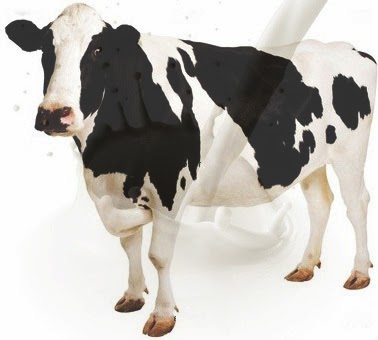Very few growing up in the 1980s and 1990s might have ever imagined a looming milk shortage in India. This was mainly as a result of the success of the four decade old “Operation Flood” dairy development programme started by India’s National Dairy Development Board (NDDB) in 1970. The success achieved by this programme enabled India to become the world’s largest producer of milk and milk products. A significant gap between milk demand and supply now seems to be a very real possibility, according to a new report released by IMARC Group.
Despite being the world’s largest producer, the dairy sector in India is by and large in the primitive stage of development and modernization. Though India may boast of a 200 million cattle population, the average output of an Indian cow is only one seventh of its American counterpart. Indian breeds of cows are considered inferior in terms of productivity. Moreover, the sector is plagued with various other impediments like shortage of fodder, its poor quality, dismal transportation facilities and a poorly developed cold chain infrastructure. As a result, the supply side lacks in elasticity that is expected of it.
According to an analyst at IMARC Group “Milk processing and dairy farming is not integrated in India. Milk production is mostly done by the local farmers and processing done by the cooperatives and private milk processing firms. Dairy farming and crop farming are complementary to each other with a significant part of the fodder for the cattle coming from the crops and a significant part of the manure for the crops coming from the cattle. As a result, agriculturists enjoy a significant advantage in dairy farming compared to non agriculturists. The procurement prices of milk (which in turn are driven by the retail prices), however, do not make dairy farming a very profitable business for farmers in the country”.
On the demand side, however, the report finds that the situation is buoyant. Rising incomes have led to a transition from cereals to milk, meat and vegetables. As a result, consumption of milk in India is expected to grow at around 5-6% in the next ten years, whereas, production in the same period is expected to grow at 3-4%. Estimates from the report suggest that by 2018, India will not be able to meet its domestic milk demand and will have to import milk from other countries.
IMARC’s new report titled “Dairy Industry in India: 2013-2019” provides an analytical and statistical insight into the Indian dairy industry along with its various segments and sub-segments. The study that has been undertaken using both desk-based and qualitative primary research has analyzed various aspects and provides a comprehensive understanding of the Indian dairy products market. The report can serve as an excellent guide for investors, researchers, consultants, marketing strategists, and all those who are planning to foray into the Indian dairy market in any form.
Transfreez Mobile Refrigeration - India's Most Effective Cold Plate Reefers
Noida, India -- (SBWIRE) -- 01/13/2014 --

No comments:
Post a Comment